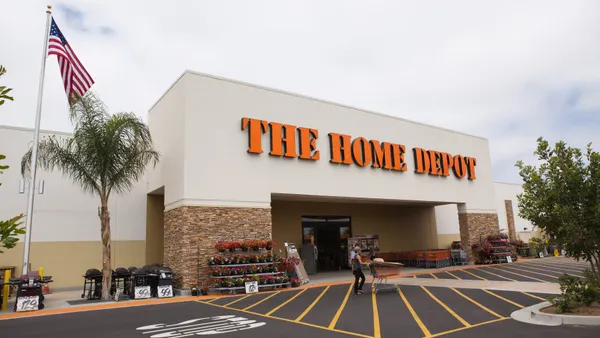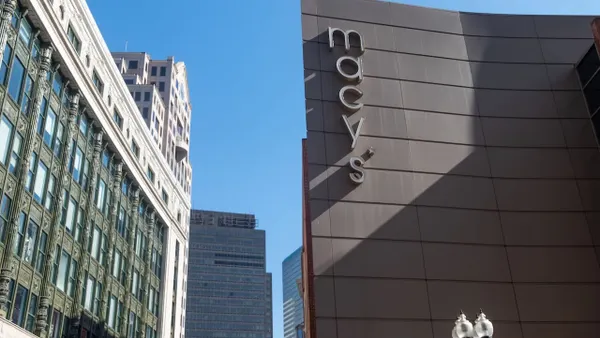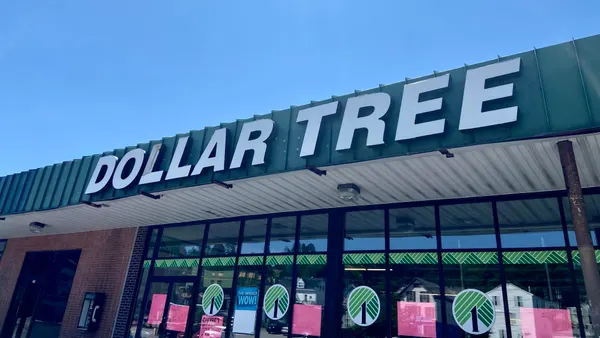Dive Brief:
- The Federal Trade Commission is delving into a complaint about Amazon’s advertised discount prices amid its antitrust review of the e-commerce giant’s Whole Foods acquisition, according to a report from Reuters.
- The probe, unnamed sources told Reuters, centers around a study from consumer advocacy group Consumer Watchdog that found Amazon, in the group’s words, “uses inflated and fictitious previous prices to give consumers the misleading impression they’re getting a bargain.” In a statement, an Amazon spokesperson described the study to Retail Dive as “deeply flawed, based on incomplete data and improper assumptions.”
- After the Consumer Watchdog sent the FTC a letter about its Amazon findings, the agency made informal inquiries into the matter, Reuters reports, though the news service hadn’t found whether the FTC has as yet opened a formal investigation into the misleading pricing allegations.
Dive Insight:
Amazon’s pricing methods and advertising has received some pointed attention lately from outside observers, to the sometimes public consternation of Amazon, which has a deep interest in not only avoiding government lawsuits but also protecting its reputation as a low-price leader.
In its most recent study of Amazon pricing, Consumer Watchdog found that 61% of all reference prices were higher than any observed price charged by Amazon in the previous 90 days, while 38% of all reference prices were higher than any price charged by Amazon that the group had ever reviewed.
“In other words, in nearly four in 10 cases, Amazon never appeared to charge the previous price from which it claimed to be discounting,” the group wrote in July. “ It was entirely fictitious.” And difference between referenced and observed prices was high — 70% on average.
Amazon in its statement said of the study said: "The conclusions the Consumer Watchdog group reached are flat out wrong. We validate the reference prices provided by manufacturers, vendors and sellers against actual prices recently found across Amazon and other retailers."
Another study from July, this one by Wikibuy, which has developed a price-comparison app, found that Amazon’s prices for common school supplies were 15% more on average than they were on other sites. More generally, Wikibuy found that Amazon’s prices changed hour-by-hour, state-by-state and shopper-by-shopper.
Additionally, last year Propublica, a nonprofit dedicated to investigative journalism, looked at 250 frequently purchased products over several weeks and found that around 75% of the time Amazon’s own products and those of companies that buy Amazon’s services were placed in its website’s coveted “buy box.”
Regulators around the world are taking notice of the market power and conduct of tech giants. Using its ubiquity as a platform to prioritize its own offerings recently got Google in trouble in with the European Union’s competition enforcers, who hit the tech giant with a record $2.7 billion fine and imposed a host of behavioral restrictions on the company. In 2012, FTC staff recommended the agency sue Google over similar behavior, though the commission at the time declined to go after the company.
Along with Amazon's pricing practices, allegations of anti-competitive tactics have followed the e-commerce giant around the economy as it tries to win market share and expand into more markets. As the company gets bigger, Amazon’s storied vastness and ability to sideline competitors could get more scrutiny.













